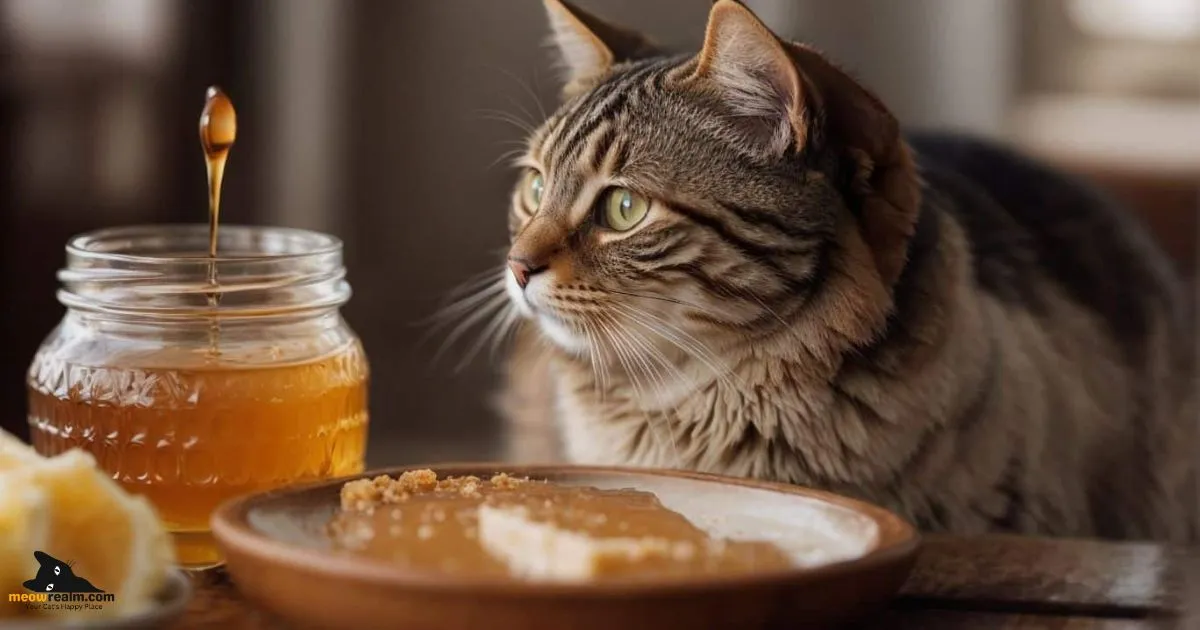do cats get headaches
Cats can get headaches, just like people do, but it’s not very common. Knowing if cats can have headaches and what signs to look for is key. This guide will help you understand if your cat is feeling pain and how to make them feel better.
Key Takeaways – do cats get headaches
- Cats, like humans, can experience headaches, though it is less common in felines.
- Recognizing the signs of headaches in cats, such as changes in behavior or facial expressions, can help owners provide the necessary care.
- Potential causes of headaches in cats include stress, dehydration, underlying medical conditions, or even head trauma.
- Providing a calm, comfortable environment and seeking veterinary attention can help alleviate headache-related symptoms in cats.
- Understanding the similarities and differences between human and feline headaches can help owners better care for their cat’s well-being.
Understanding Feline Headaches –do cats get headaches
Headaches in cats are not as well-studied as in humans. Yet, vets have found signs that cats might be in pain. Knowing the symptoms and causes of cat headaches helps owners spot and help their pets.
Symptoms and Signs of Headaches in Cats –do cats get headaches
Cats show different signs when they might have a headache. These include:
- Sensitivity to light or sound
- Reduced appetite
- Lethargy and decreased activity levels
- Pawing at the head or face
- Changes in behavior, such as increased aggression or irritability
Watching your cat’s behavior and any changes can help you know when they might have a headache. This way, you can get them the care they need.
Common Causes of Headaches in Felines – do cats get headaches
There are many reasons why cats might get headaches. These include:
- Sinus infections
- Dental problems
- Trauma to the head
- Underlying medical conditions like hypertension or brain tumors
- Stress or anxiety
Knowing what causes cat headaches helps vets find and treat the problem. This brings relief to your cat’s discomfort.
| Symptom | Potential Cause |
|---|---|
| Sensitivity to light or sound | Sinus infection, head trauma |
| Reduced appetite | Dental problems, brain tumor |
| Lethargy | Hypertension, stress |
| Pawing at the head | Headache, sinus issues |
| Aggression or irritability | Stress, pain from headache |
“Recognizing the signs of a headache in cats is the first step in providing them with the care and relief they need.”
Caring for Cats with Headaches – do cats get headaches
When a cat has a headache, there are steps you can take to help. Make sure they have a quiet, dark place to rest. Avoid loud noises and bright lights to keep them calm.
Try calming activities like gentle petting or soothing music. These can help them feel better.
In some cases, veterinary treatment is needed. This could be pain medication or fixing issues like sinus or dental problems. Working with a vet ensures your cat gets the right care.
With the right care, cats with headaches can get better. Create a soothing space and get vet advice when needed. This helps them feel better and stay healthy.
| Recommended Care for Cats with Headaches | Benefits |
|---|---|
| Provide a quiet, dark environment | Reduces sensory stimulation and helps the cat relax |
| Avoid loud noises and bright lights | Minimizes triggers that can exacerbate the headache |
| Offer calming activities, such as gentle petting | Helps soothe the cat and promote relaxation |
| Seek veterinary treatment, if necessary | Addresses the underlying cause and provides appropriate medication or treatment |
By following these tips and creating a supportive space, you can help a cat with a headache. Proper treatment of headaches in cats is key to their health and happiness.
Conclusion – do cats get headaches
Cats can get headaches, even if it’s not as common as in humans. It’s key for pet owners to know this. They can help their cats feel better by understanding and addressing the issue.
Signs of a headache in cats include squinting and being less active. They might also be sensitive to light or sound. Knowing what to look for and why can help a lot.
By being aware and taking action, we can help our cats feel better. This includes managing stress and keeping them hydrated. It’s all about making sure they’re happy and healthy.
Being a good cat owner means paying attention to their needs. Knowing about headaches in cats helps us care for them better. We can make sure they get the support they need, no matter what.
FAQ
Do cats get headaches?
Yes, cats can get headaches, but it’s not as common as in humans. They can have headaches for many reasons, like sinus infections or dental issues. Stress and anxiety can also cause headaches in cats.
What are the symptoms of a headache in cats?
Cats with headaches might show signs like being sensitive to light or sound. They might also eat less, seem tired, or paw at their head. Changes in behavior, like being more aggressive, can also happen.
What are the common causes of headaches in cats?
Cats often get headaches from sinus infections or dental problems. Head trauma, medical issues like high blood pressure, or brain tumors can also cause headaches. Stress and anxiety are other common causes.
How can I help a cat with a headache?
To help a cat with a headache, make their environment quiet and dark. Avoid loud noises and bright lights. Try calming activities with them. Sometimes, a vet visit is needed for pain medication or to find the cause.
Do other animals get headaches too?
Yes, animals like dogs, horses, and some primates can get headaches. While it’s less common than in humans, research shows they can experience discomfort in their heads.
do cats get headaches – do cats get headaches





